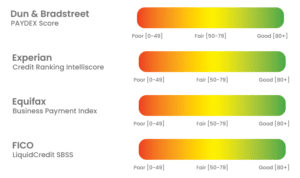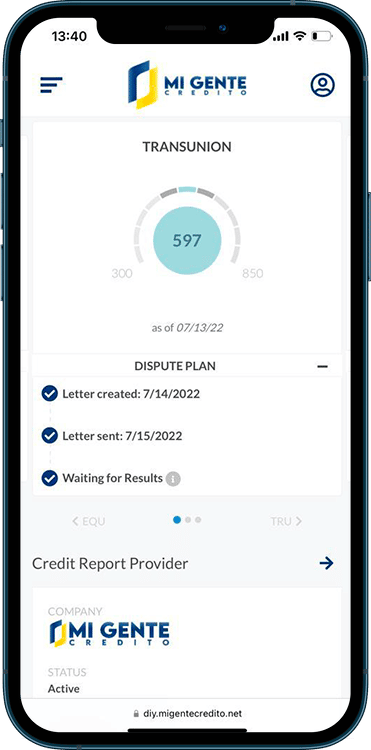Calculating interest each month is an essential skill. Interest rates are often expressed as an annual percentage yield (APY), although it can also be expressed as an annual percentage rate (APR).
Still, it doesn’t hurt to really know how many dollars and cents you are dealing with, and that gives you the ability to budget and calculate on a monthly basis. This is important, for example, for calculating monthly utility bills, groceries or car costs.
Interest also accrues monthly (if not every day), and these periodic interest calculations accumulate over the course of a year. The process for taking an annual rate to a monthly rate is the same regardless of whether interest is paid or rather interest is earned.
How can I do the monthly interest calculation myself?
Very simple to calculate any monthly interest rate you have to divide the annual interest by 12, which will account for the 12 months of the year. You will need to convert the percentage format to decimal to complete each of these steps.
Example: Suppose you have an APR or APY of 10%. What is your particular monthly interest rate and how much would you pay or otherwise earn on $2,000?
Convert the annual interest from a percentage expression to a decimal expression by dividing by 100: 10/100 = 0.10.
Now divide that number by 12, this allows you to get the monthly interest rate in decimal form, being10/12 = 0.0083
To calculate the monthly interest on $2,000, multiply that number by the total amount: 0.0083 x $2,000 = $16.60 per month.
Convert the monthly rate in decimal format back to a percentage (multiplying by 100): 0.0083 x 100 = 0.83%.
The monthly interest rate is 0.83%.
The above example serves to illustrate the simplest way in which you can calculate interest rates and individual costs for each month. You can calculate interest by months, also by days, years or any required period. Regardless of the period you choose, the rate you use in the calculation is called the term.
Most of the time you will see the interest rate expressed as an annual rate, so you will usually need to convert it to a periodic rate that suits your financial problem or product. You can use the same concept to calculate interest as for other time periods:
For a daily interest rate, divide the annual by 360 (or 365, depending on your bank).
For a quarterly one, divide the annual by four.
For a weekly rate, divide the annual rate by 52.
Amortization
On many loans, the balance changes each month. For example, in auto, home and personal loans, the balance gradually decreases over time and usually ends up decreasing each month.
Over time, these monthly interest costs decrease and the amount that goes toward the loan balance increases.
Home loans and credit cards
Home loans can be complicated. It is advisable to use an amortization schedule to understand the interest costs, but you may have to do extra work to figure out the actual interest rate. You can use our mortgage calculator (below) to see how the principal payment, interest charges, taxes and insurance add up to your monthly mortgage payment.
You may know the annual percentage rate (APR) of your mortgage, and keep in mind that the APR may contain additional costs on top of interest charges (such as closing costs). Also, the interest rate on variable rate mortgages is subject to change.
In the case of credit cards, you may add new charges and pay off debts numerous times throughout the month. All this activity makes the calculations more complicated, but it’s still worth knowing how monthly interest accrues. In many cases, you can use an average daily balance, which is the sum of each day’s balance divided by the number of days in each month (and the finance charge can be calculated using the average daily balance). In other cases, the card issuer charges interest on a daily basis (so the daily interest rate, not the monthly rate, must be calculated).
Interest rates and APY
Be sure to use the specific interest rate in your calculations, not the annual percentage yield. The APY takes into account compounding, which is the interest you earn as your account grows due to interest payments. The APY will be higher than the actual APY unless the interest is compounded annually, so it has to be taken into consideration that the APY may provide an inaccurate result. That said, APY makes it easy to quickly find out how much you will earn annually on a savings account with no additions or withdrawals.
What is a good interest rate for a credit card?
The average credit card interest rate was 16.17% in February 2022. You can expect to pay a few points more for store credit cards. Business and student credit cards will help you minimize the interest rate.
What is the prime rate?
The prime rate is the rate the bank charges its best customers. In other words, it is the lowest interest rate for that particular day. This rate is generally only available to institutional customers. The average consumer pays a prime rate and a different rate depending on their risk as a borrower.
How can the credit card interest rate be reduced?
Credit card rates are negotiable, but it depends on the card issuer. Your card issuer is more likely to offer you a lower interest rate if you have good credit habits, such as keeping up with your monthly payments.







